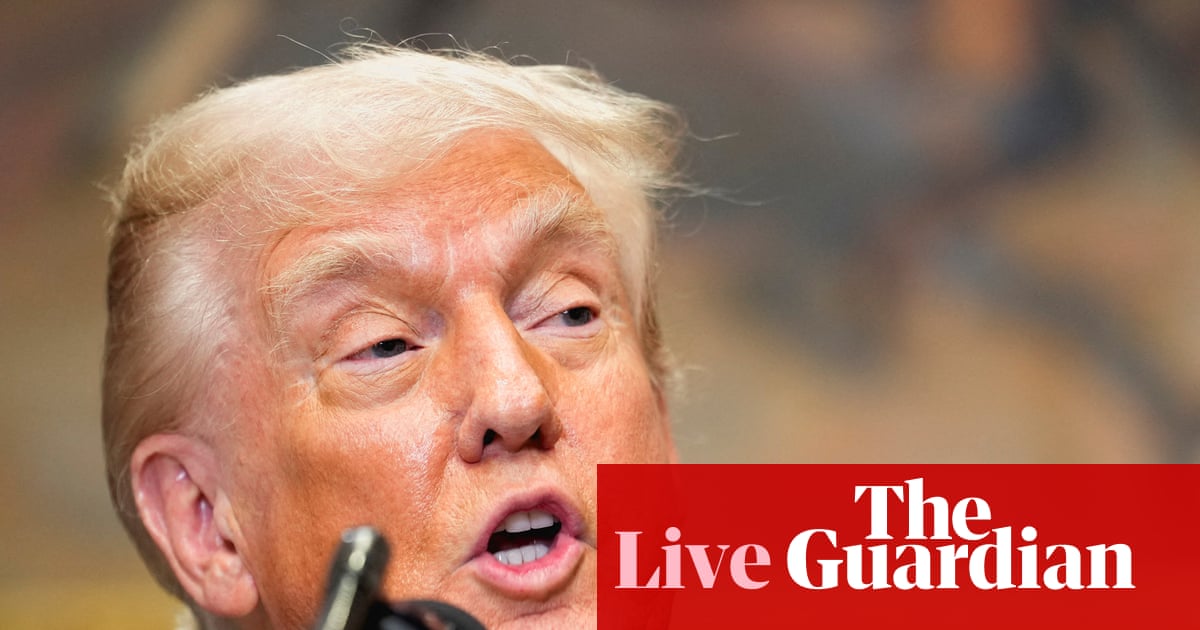Donald Trump signed an executive order on Thursday modifying the tariff rates he first announced in April ahead of a Friday deadline for the new rates on imported goods to go into effect.
The order states that goods imported from every nation on Earth will be subject to a 10% tariff except for goods from the 92 countries listed in an annex that are subject to higher tariff rates. The highest tariff is on goods from Syria, which will be taxed at 41%.
Tariffs on two countries, the United Kingdom and Brazil, are listed at 10%, but a previous order signed by Trump added a further 40% tariff on some Brazilian goods, to punish the country for prosecuting its former president, Jair Bolsonaro, for trying to overturn an election he lost and inspiring his supporters to storm the seat of government. Trump’s order excluded many of the most common imports from Brazil from the additional tariff, including wood pulp, metals and airplanes, but left the duty in place for coffee.
Goods from the remote Falkland Islands, which remain a British overseas territory, are also set at 10%.
Following an agreement with the European Union, Americans importing goods from that 27-nation bloc will be hit with a 15% tariff.
The new country-specific tariffs are a sweeping change to the rates unveiled by Trump with a flourish in the Rose Garden on 2 April.
Among major US trading partners, imports from Taiwan will now be subject to a tariff of 20% instead of 32%; imports from Japan will be subject to a 15% tariff, instead of 24%; imports from South Korea will be subject to a 15% tariff, instead of 25%.
The revised rates include a drop in tariffs on goods from: Vietnam, which were set at 46% in April, to 20% now; Indonesia, which was 32% and is now 19%; Bangladesh, which was 37% and is now 20%; Cambodia which was 49% and is now 19%; Laos, which was 48% and is now 40%; Sri Lanka, which was 44% and is now 20%; Thailand, which was 36% and is now 19%; and Lesotho, which was 50% and is now 15%.
Oddly, the rate for the Philippines has increased from 17% to 19%, even though its president, Bongbong Marcos, recently completed a friendly visit to the White House.
The rate for South Africa, a nation whose president dismissed Trump’s claims that its white population was being persecuted, remains unchanged at 30%.
The rate on goods from Serbia dropped only slightly, from 37% in April to 35% now, despite its president’s strong support for Trump. Israel was given a similarly small reduction from 17% in April to 15% now.
Another close ally of Trump, India’s prime minister Narendra Modi, saw the tariff rate on goods from his country drop from 26% to 25%.
The rate for imports from Switzerland, which has close ties to the European Union, also increased, from 31% in April to 39% now.
Source: www.theguardian.com
